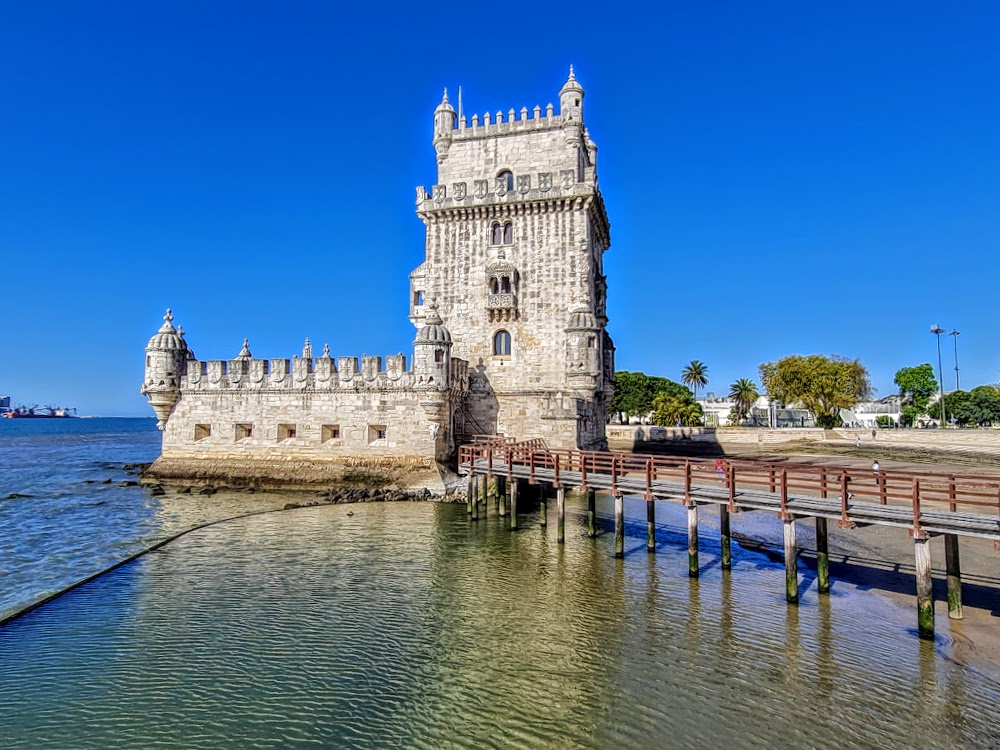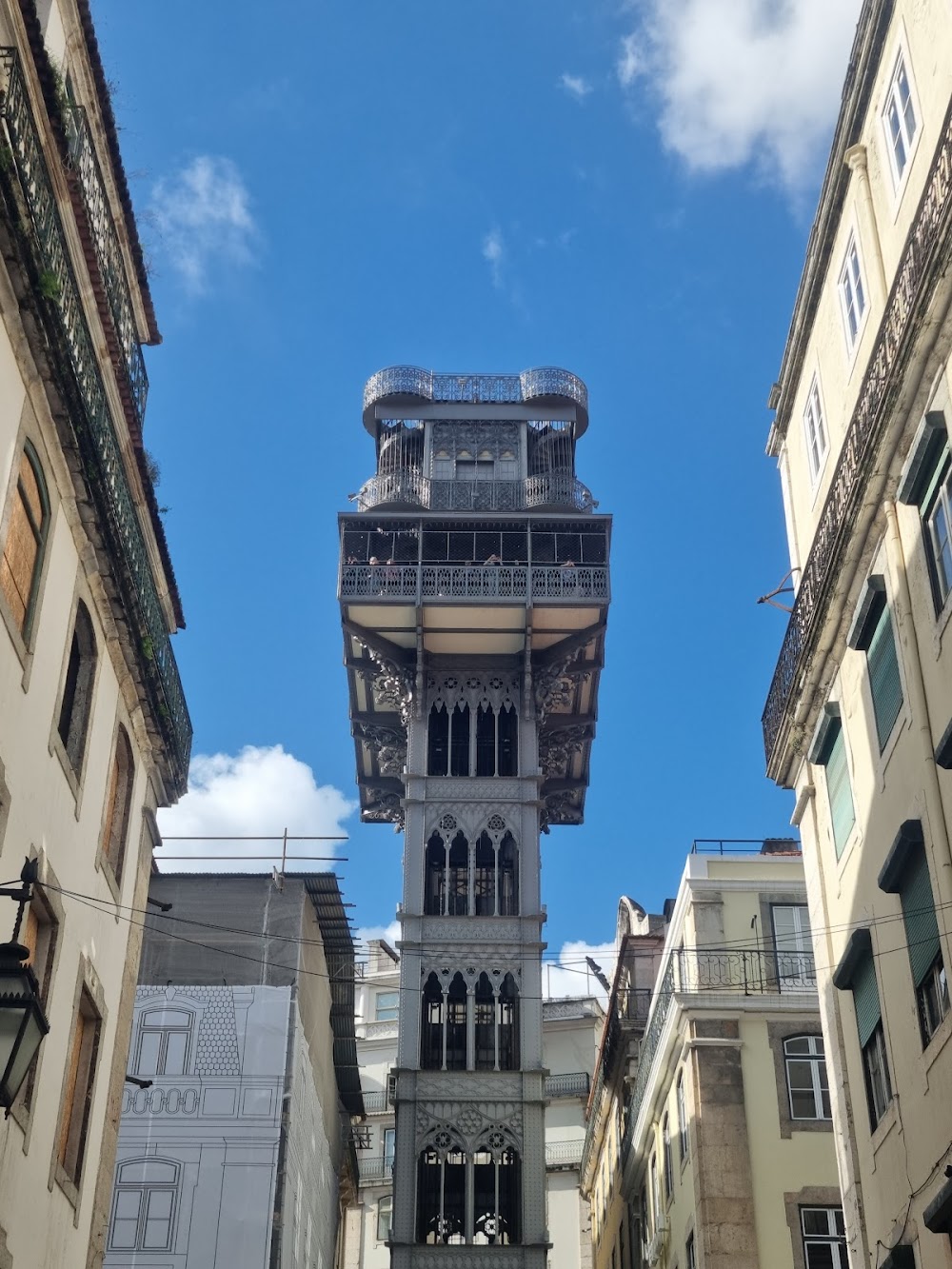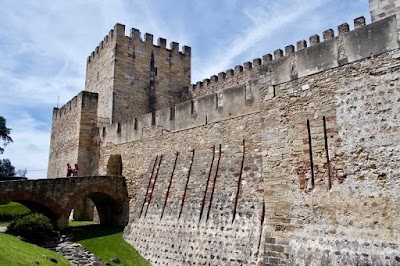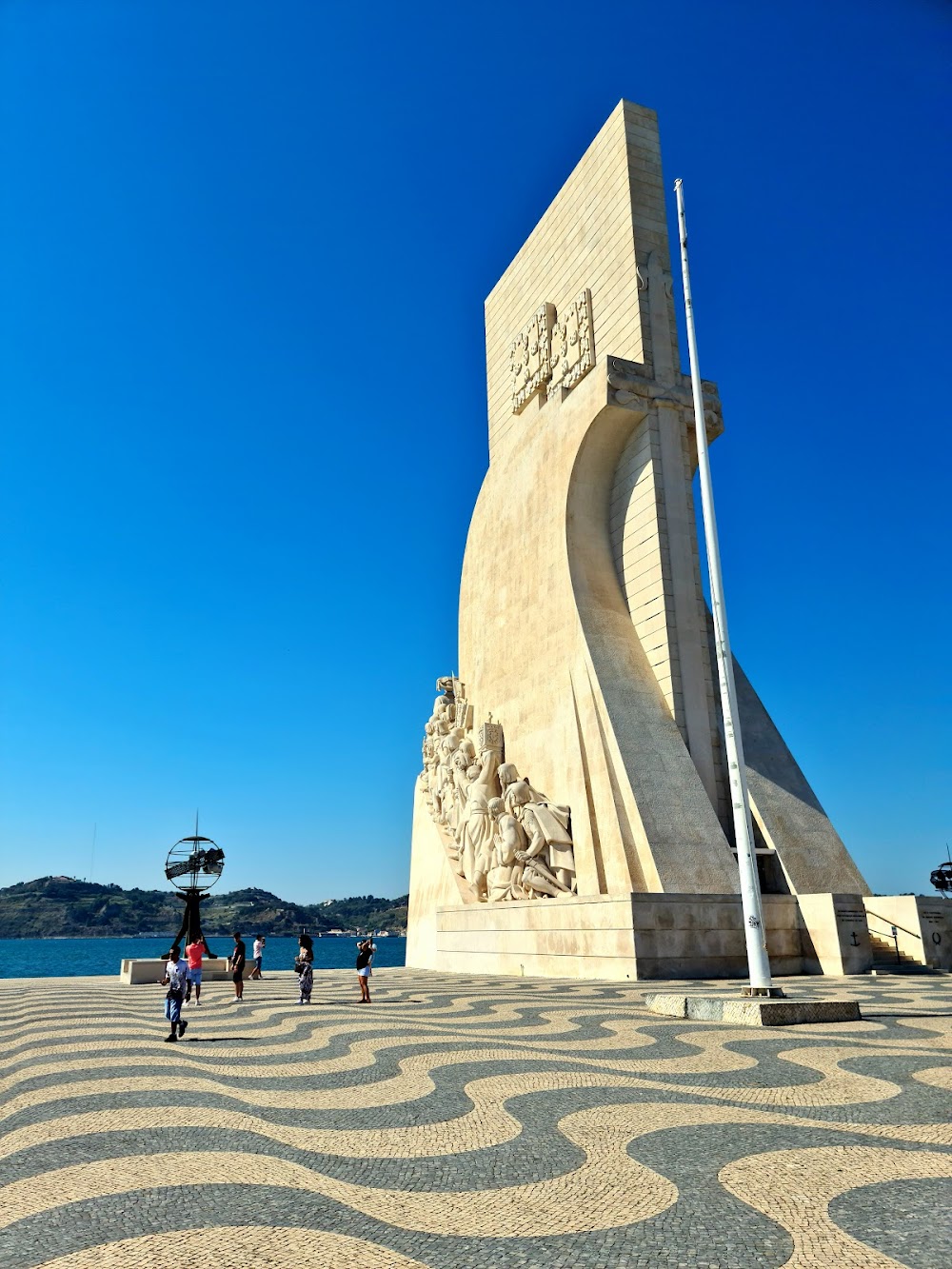Belém Tower (Torre de Belém)
Overview
Belém Tower: A Fortress of History and Splendor
Belém Tower, officially known as the Tower of Saint Vincent, is a stunning fortress that graces the northern bank of the Tagus River in Lisbon, Portugal. Erected in the early 16th century during the peak of the Portuguese Renaissance under King Manuel I, this iconic structure served as both a ceremonial gateway to the city and a crucial component of the defensive system protecting the river.
The construction of Belém Tower commenced in 1514 and was completed in 1519, designed by the esteemed Portuguese architect Francisco de Arruda. The tower is a prime example of the Manueline architectural style, characterized by intricate and elaborate details that celebrate Portugal's maritime explorations. With its twisted ropes, armillary spheres, and crosses of the Order of Christ, the tower's ornate features reflect the wealth and global influence that Portugal enjoyed during this remarkable period.
Architectural Features and Historical Significance
Constructed from durable lioz limestone, Belém Tower consists of a bastion that houses the main artillery and a four-story tower that rises majestically above it. The bastion's design allowed for effective crossfire defense against incoming ships, while the tower provided excellent vantage points for surveillance. Originally situated on a small island near the Lisbon shore, the tower now stands along the riverbank due to shifts in the river's course over the centuries.
Inside, Belém Tower is equally impressive. The ground floor of the bastion features a vaulted chamber that served as a storage room for munitions and supplies. The upper levels include the Governor's Room, the King's Chamber, and the Audience Hall, all adorned with beautifully carved stonework and offering panoramic views of the Tagus River. The highlight of the experience is the terrace at the top, where visitors can enjoy breathtaking vistas of Lisbon's waterfront.
A Multifaceted Role Through the Ages
Over the centuries, Belém Tower has adapted to the changing needs of the city. Originally built as a fortress and ceremonial gateway, it later functioned as a customs house, regulating the entry of goods into Lisbon. During the early 19th century, the tower's defensive role was revived during the Peninsular War, and it even served as a political prison for a time. Today, Belém Tower is recognized as a UNESCO World Heritage Site, celebrated for its historical significance and architectural beauty.
The legacy of Belém Tower is closely tied to the Age of Discoveries, a pivotal time when Portuguese explorers ventured across the globe, opening new sea routes and establishing trade connections. Today, the tower stands as a proud symbol of these maritime achievements and the adventurous spirit of the Portuguese people. Visitors from around the world flock to Belém Tower to admire its beauty and reflect on the rich history it embodies.
Surrounding Attractions and Visitor Experience
The enchanting surroundings of Belém Tower only enhance its allure. Nearby, visitors can explore the lush gardens of the Praça do Império and the stunning Jerónimos Monastery, another architectural masterpiece from the same era. This picturesque setting, coupled with the tower's grand architecture, has made it an iconic landmark of Lisbon, captivating the hearts of all who see it.
The visitor experience at Belém Tower is further enriched by informative exhibits detailing its construction, history, and significance. Guided tours are available, offering deeper insights into the architectural features and various historical phases the tower has undergone. The cultural impact of Belém Tower extends beyond its walls, continuing to inspire art, literature, and historical studies.
A Must-Visit Destination
In conclusion, Belém Tower in Lisbon, Portugal, stands as a remarkable testament to the country's historical grandeur and architectural excellence. Built in the 16th century to safeguard the river mouth and serve as a ceremonial entrance to the city, it symbolizes Portugal's Age of Discoveries. With its intricate Manueline design, rich history, and scenic location, Belém Tower is an unmissable destination for anyone visiting Lisbon.






